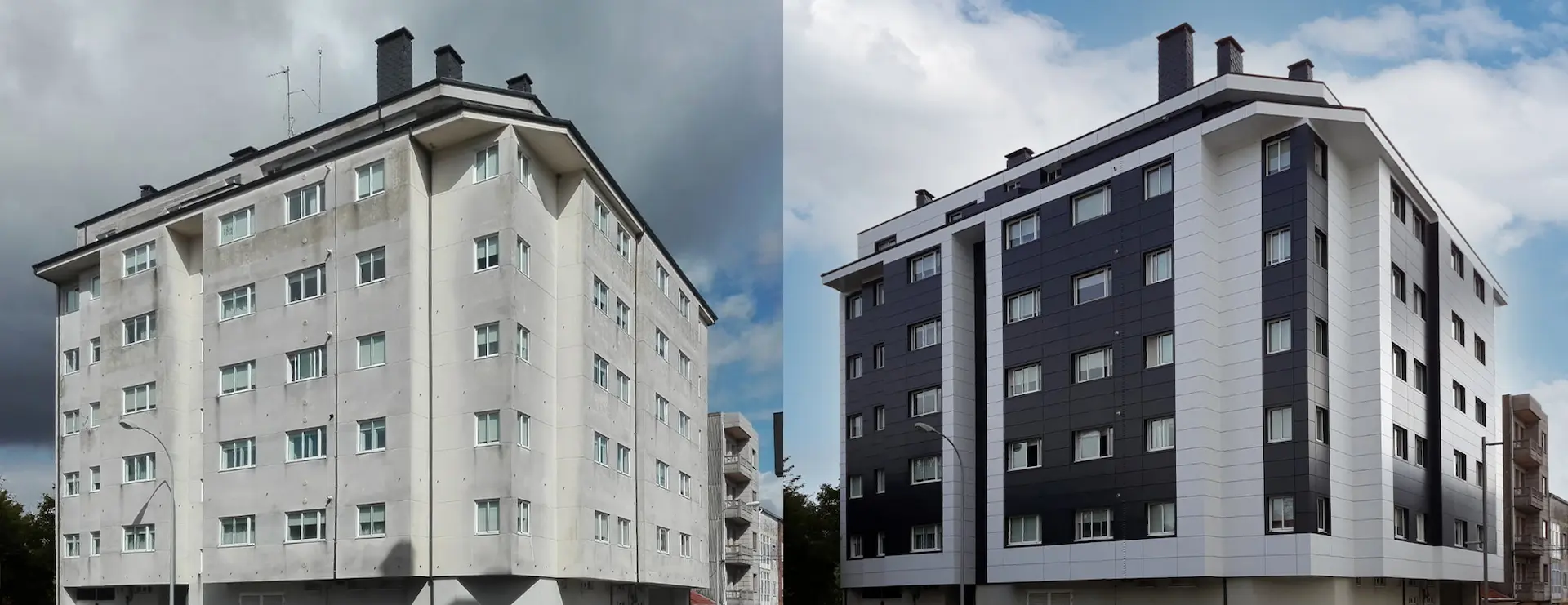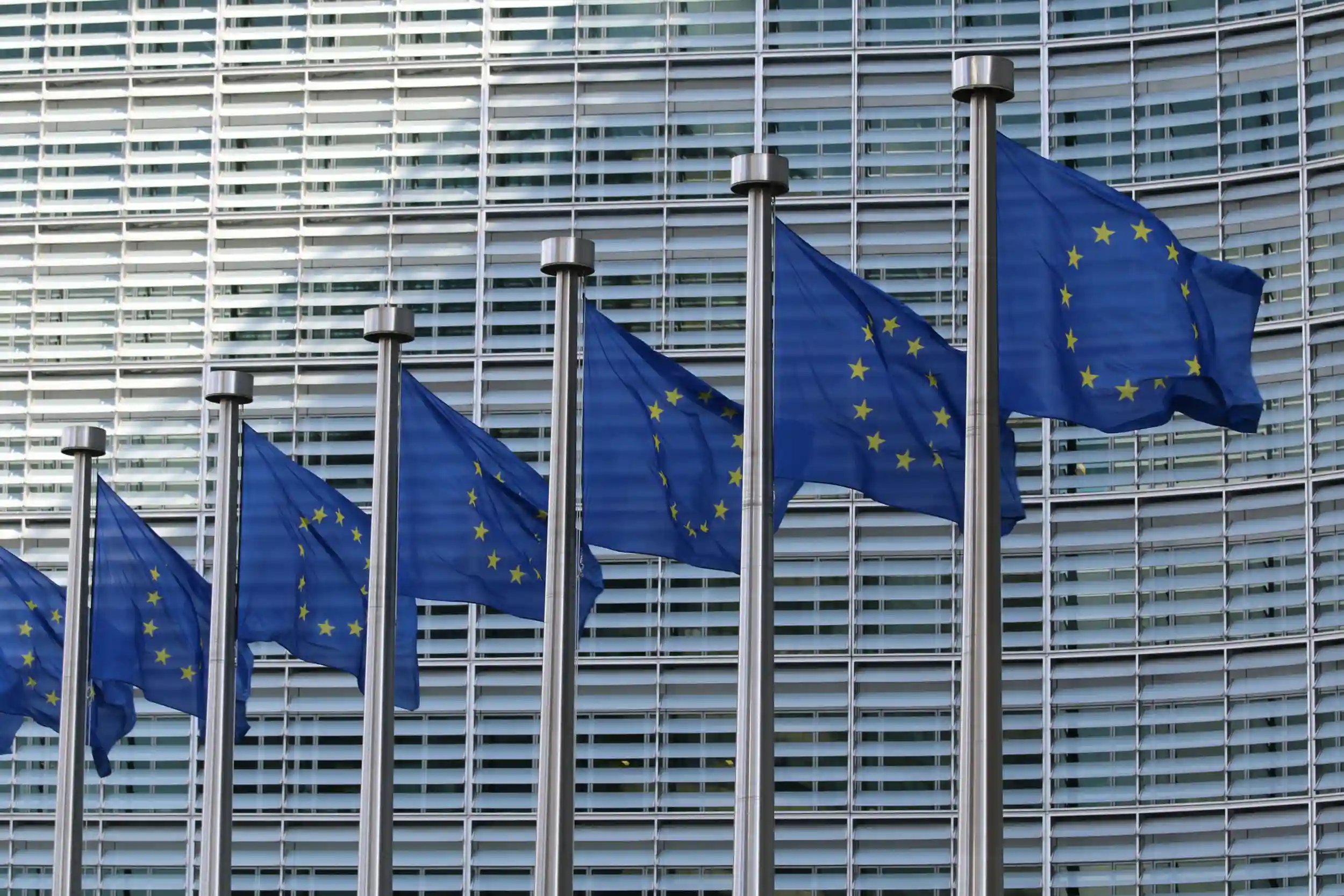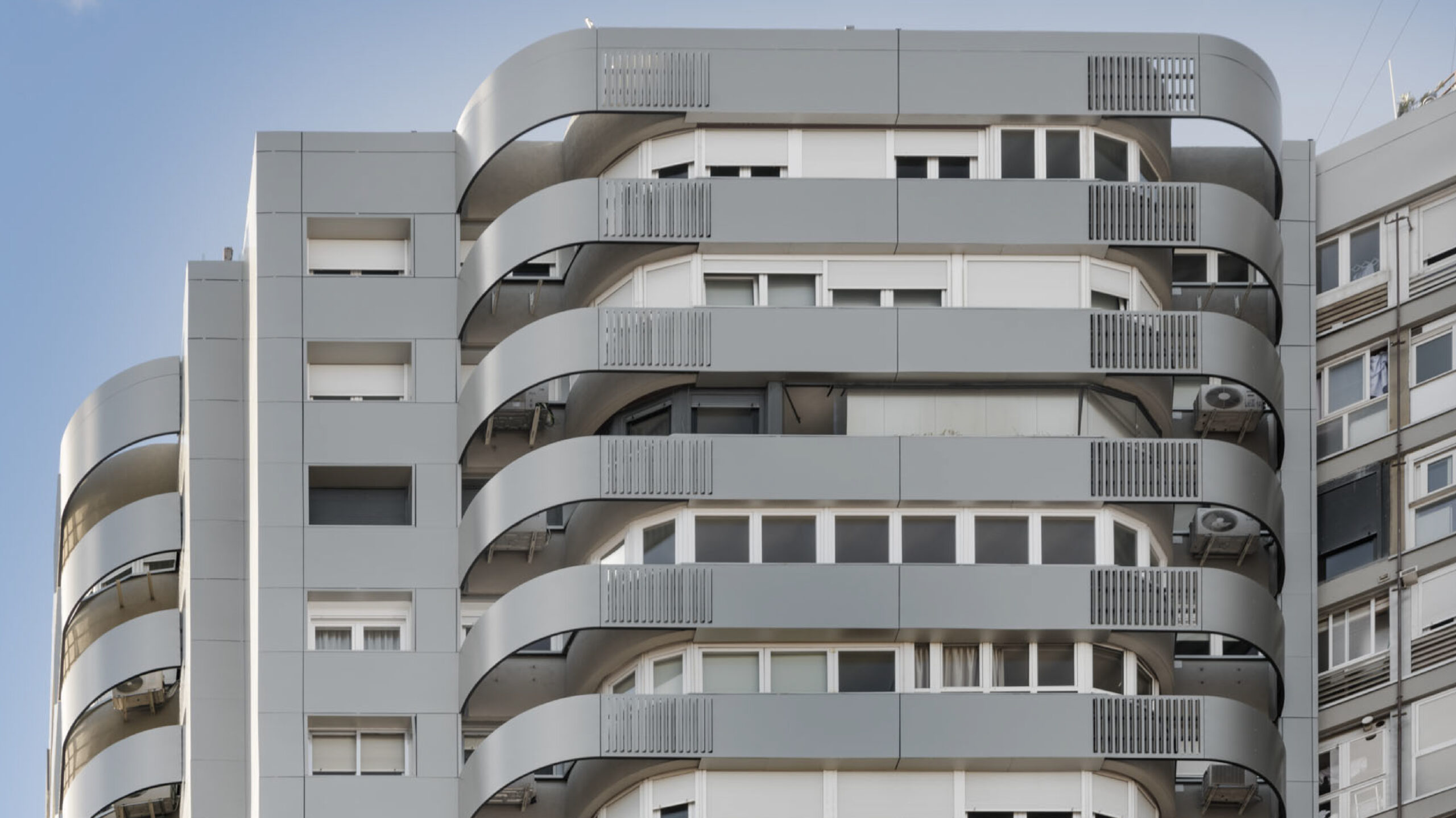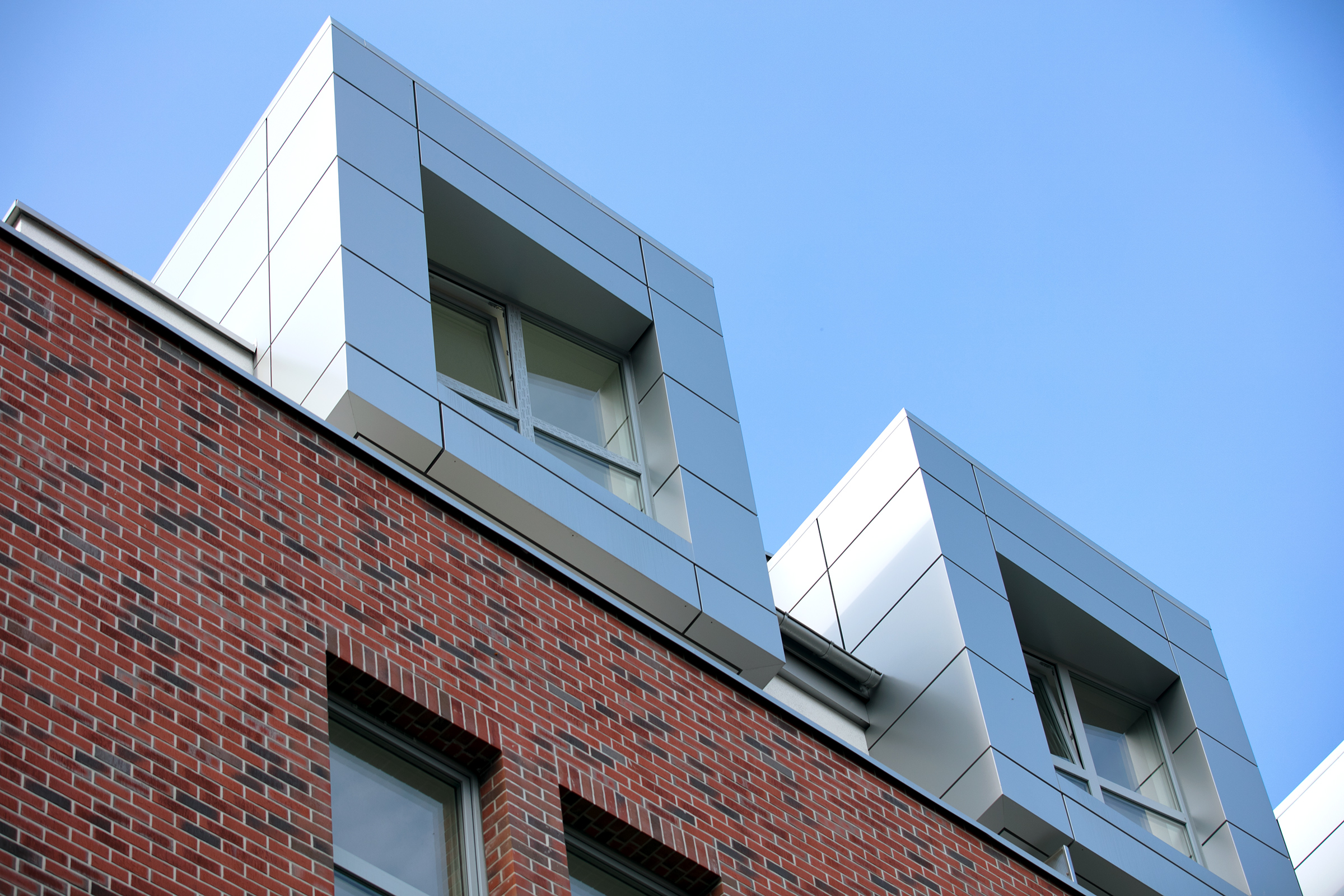Everything you need to know about energy rehabilitation assistance
The Energy Performance of Buildings Directive (EPBD) of 2002, has been updated and adopted in 2024 as part of the European Green Deal strategy. This directive sets out specific targets for reducing energy consumption in buildings, requiring all new buildings to have zero greenhouse gas emissions from 2030 onwards, and promotes the energy rehabilitation of existing buildings to improve their energy efficiency.
In response to the EPBD, several countries have launched aid programmes such as the “MaPrimeRénov” in France and the “Superbonus 110%” in Italy, to meet the requirements of energy efficiency and use of renewable energy. Germany, for its part, provides financial incentives to upgrade the thermal envelope and heating systems.
The EU Renovation Wave, launched in 2020, seeks to improve energy efficiency, boost the economy and provide better living standards for European citizens by 2030, focusing on low-performance buildings and energy poverty, supported by a combined investment of over 66 billion from the Recovery and Resilience Facility and the EU Cohesion Fund.
State of the building stock in Spain
In Spain, the building stock consumes 30% of the total energy produced. This situation especially affects the 6,827 “demographic challenge municipalities”, with less than 5,000 inhabitants, covering some 5.7 million people, or 12% of the total population. In the last decade, eight out of ten municipalities have lost inhabitants, a total of 410,000 people. In villages of less than 1,000 inhabitants, depopulation can be as high as 86 per cent. Empty and secondary dwellings account for 44% of the building stock, of which 30% are pre-1960, and 410,225 dwellings are in a ruinous, poor or deficient state.
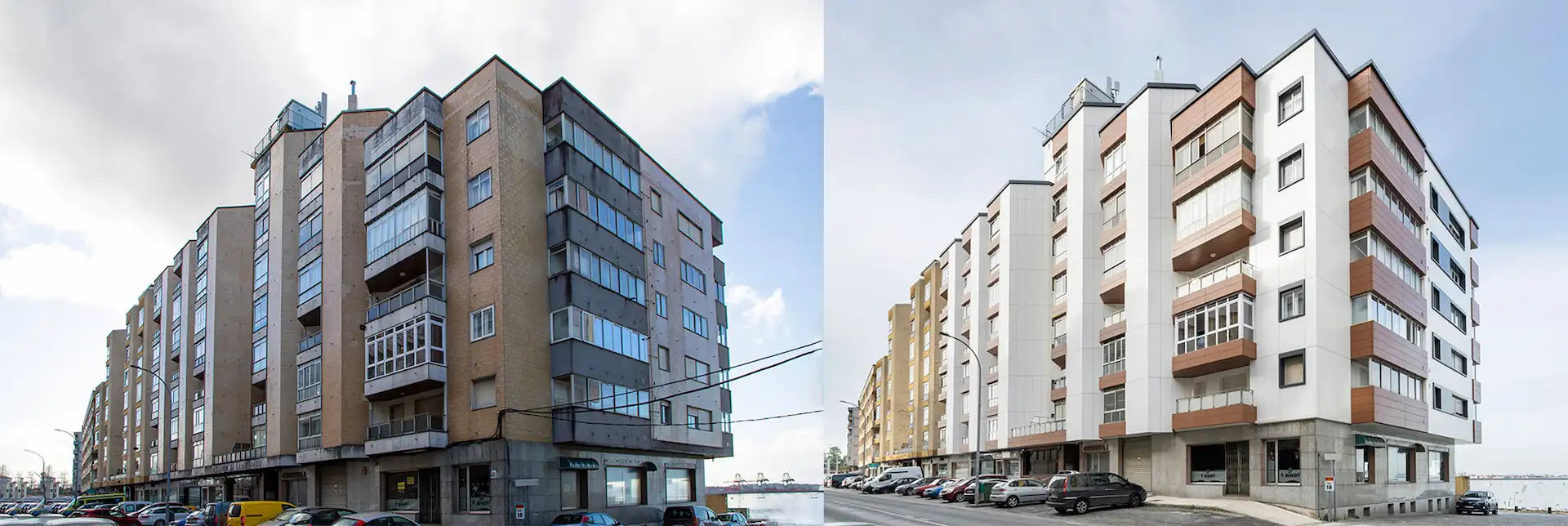
Energy rehabilitation programme for existing buildings in Demographic Challenge Municipalities (PREE 5000 Programme)
The objective of PREE 5000 is to promote sustainability in building in the Demographic Challenge Municipalities in Spain, through actions that include changes to the thermal envelope, the replacement of thermal power plants using fossil fuels with renewable thermal generation and the incorporation of automation technologies, as well as the improvement of energy efficiency in lighting.
Since its adoption in 2021, the period of validity has been extended to meet the demand. The latest resolutions are from March of 2024: 27 March 2024 resolution (1) and 27 March 2024 resolution (2).
On the website of the IDAE, (Institute for Energy Diversification and Saving) under the Ministry for the Ecological Transition and the Demographic Challenge, you can find updated calls for assistance in all the Autonomous Communities using an interactive map.
You may also be interested in the guide that the IDAE has developed in collaboration with the Spanish Architects Council (CSCAE), to optimise the technical-administrative management in the processing of grants under the Energy Rehabilitation of Buildings Programme (PREE)
Energy rehabilitation of façades using aluminum composite panels
The rehabilitation of the building envelope by installing a ventilated façade allows energy savings of up to 30% to be achieved. With the currently available grants, this investment can begin to repay after 10 years.
A ventilated façade with STACBOND aluminum composite panels increases the value of a property by up to 20%, improving both aesthetics and thermal and acoustic insulation.
Find out about the advantages offered by ventilated façades.
